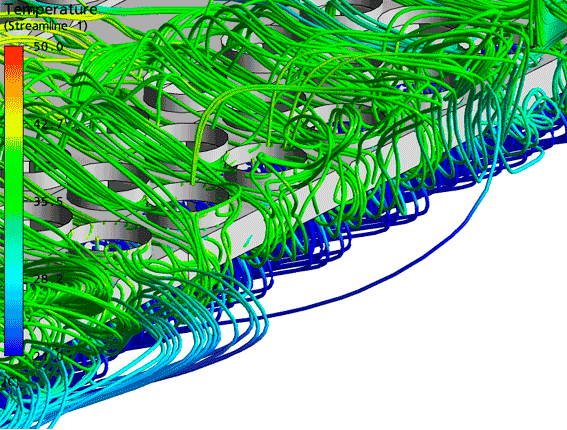Filling and compression analysis of metallic powders composed of spherical particles
The efficiency of material design can be greatly improved by using FEM-based virtual material testing analysis
Newsletter EnginSoft Year 17 n°3
By Koji Yamamoto | CYBERNET SYSTEMS CO.
Koji Yamamoto is Technology Specialist and Developer of Multiscale.Sim at Cybernet System Co.,Ltd.

